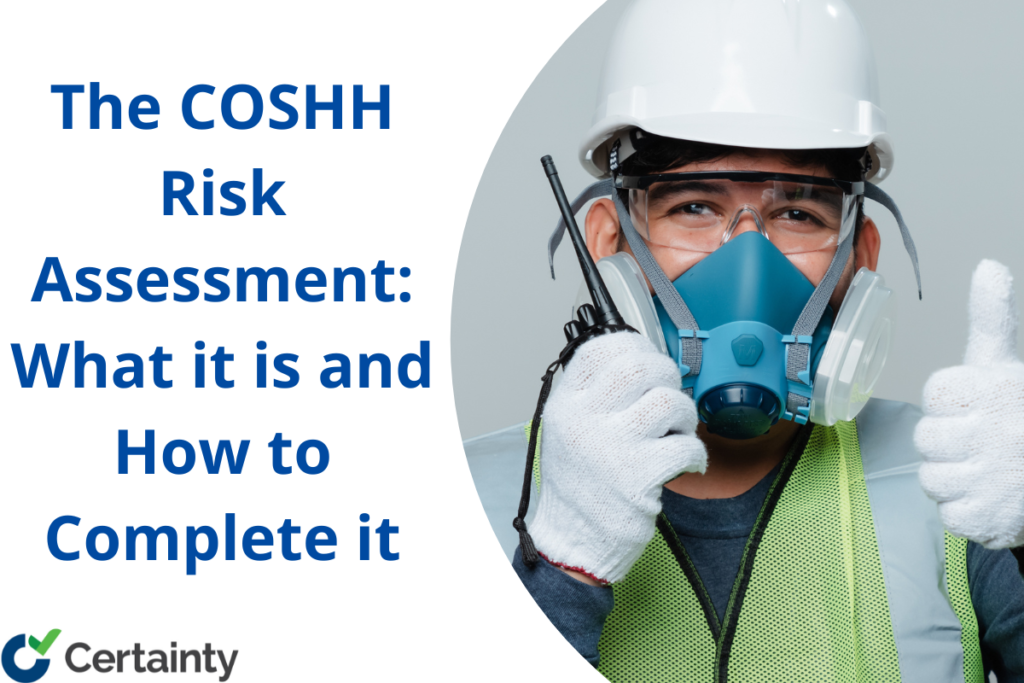The Control of Substances Hazardous to Health regulations (COSHH) requires employers to monitor and manage the use of any substances that are potentially hazardous to health. According to the UK’s Health and Safety Executive (HSE), these substances may include (but are not limited to) chemicals and products containing hazardous chemicals […]
Safety Management
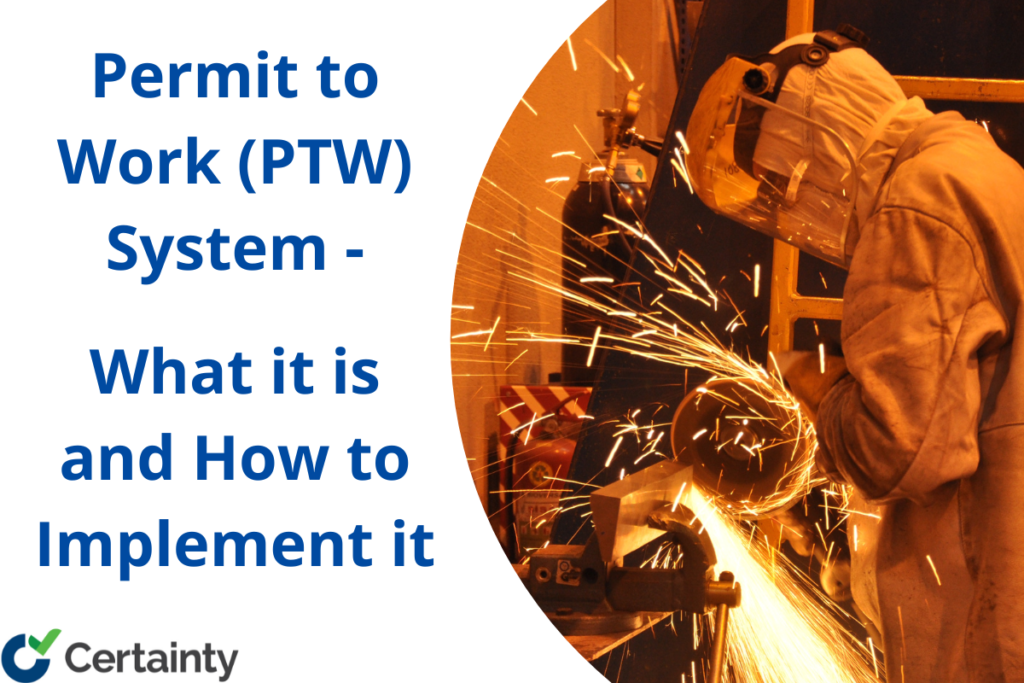
Permit to Work (PTW) System — What it is and How to Implement it in Your Business
From 2018 to 2021 an average of 88,000 workers in the UK suffered from ill health, and there were 57,000 non-fatal injuries each year.
And while these numbers have been steadily decreasing over the last few decades, there’s always room for improvement […]

Considering COSHH — What’s Covered and Who’s Impacted
Hazardous substances in the workplace pose potential health risks. Consider a manufacturing plant with an excess of dust and vapors. Not only could these substances harm workers after prolonged exposure, but could lead to even more significant hazards such as unexpected and uncontrolled fire or explosions. This isn’t just an academic risk — as noted by World-Grain, the United States experiences eight-grain dust explosions every year on average. […]
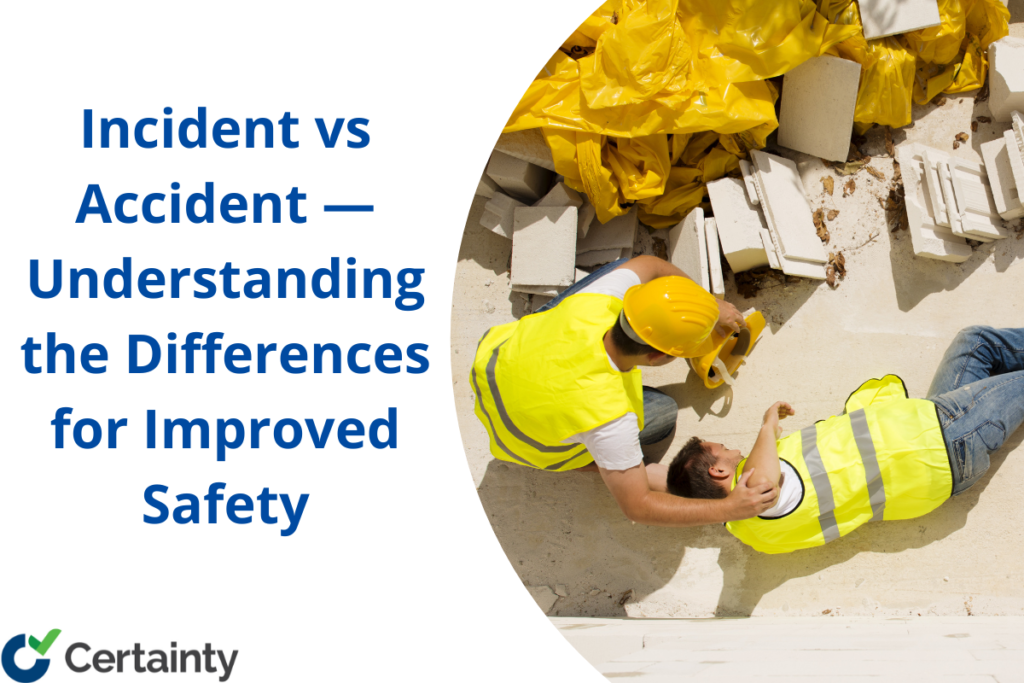
Incident vs Accident — Understanding the Differences for Improved Safety
Accidents happen. According to the International Labour Organization, approximately 340 million workplace accidents happen each year.
But accidents don’t tell the whole story. While taking steps to reduce the risk of accidents can help keep workers safe and limit potential disruptions, organizations also need to consider the role of incidents in improving overall safety. […]

What is EHS and Why Its Important
According to recent survey data, 68% of staff say they don’t feel completely safe at work. Reasons vary — some are worried about risks to their health from airborne contaminants or caustic materials, and others are concerned about environmental issues such as working conditions and procedural risks. Still, others point to safety concerns around current operations that could put their lives and livelihoods at risk. […]

The Differences Between OSHA 301, 300, and 300A
The Occupational Safety and Health Administration (OSHA) was developed in 1971 to set and enforce a standard level of safe working conditions and prevent workplace injuries, illness, and work-related fatalities. And since its implementation, OSHA has helped to reduce workplace fatalities by 60%, while workplace injury and illness rates have dropped by 40%. A key […]
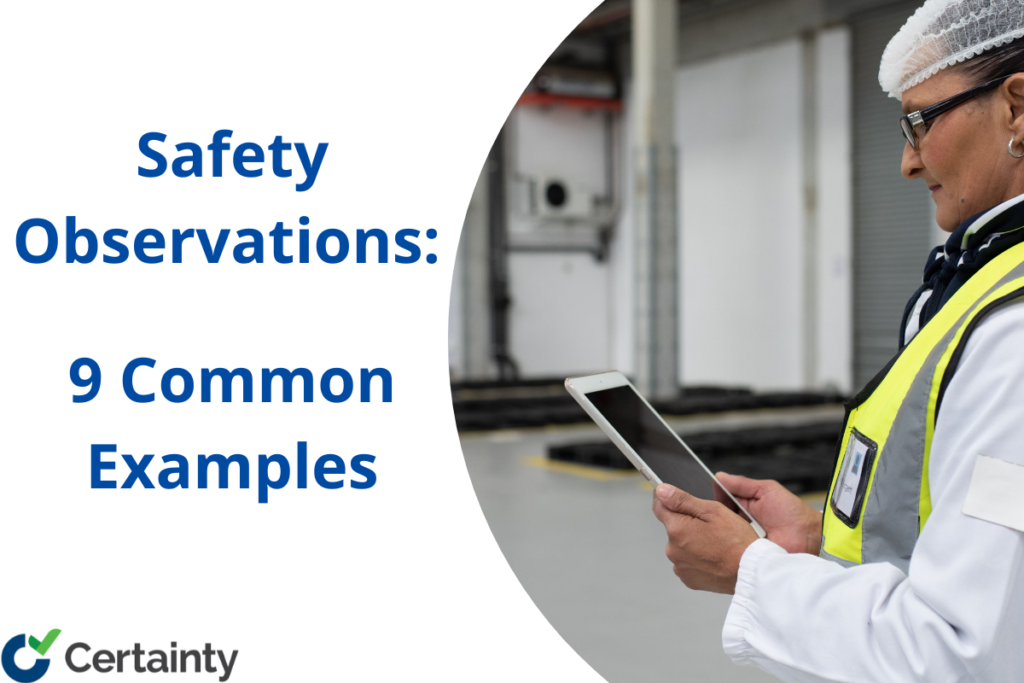
Safety Observations: 9 Common Examples
Health and safety are everyone’s business. Companies that make safety a shared responsibility across front-line staff, managers, and C-suite executives are better equipped to identify, quantify, and remediate key issues. One key component in creating a safety culture is the Safety Observations Report. By documenting potentially unsafe practices and processes on-site, organizations can create action plans to address these issues — before they cause loss of productivity or serious harm. […]

Hazard vs Risk: What’s the Difference?
Hazards and risks are interconnected. Both represent potential problems for companies if workers are injured as a result of preexisting hazards or risks, the results could have both short- and long-term implications on health and safety. It’s worth noting, however, that while hazards and risks are similar, they’re not the same thing. […]

What is an ISO Audit — and Why Does Your Business Need One?
The International Organization for Standardization (ISO) is an independent, non-governmental international organization and certification body with more than 167 members. The goal of the ISO is to create voluntary international standards that help companies evaluate and improve current processes. ISO has been creating and evolving standards for more than 70 years, helping companies stay up-to-date […]

What is HACCP?
Learn about the principles and benefits of HACCP, a management system that ensures food safety through the analysis and control of hazards. Find out how to implement HACCP in your business and prepare for a HACCP audit with Certainty Software. […]

The Top 5 Safety Metrics You Should be Tracking
More information is always better. The more you know about what’s happening in your organization, the better equipped you are to address and remediate potential safety problems. Safety metrics make this possible. By measuring and tracking key performance indicators (KPIs), you can identify areas in need of improvement and create plans that help achieve this […]
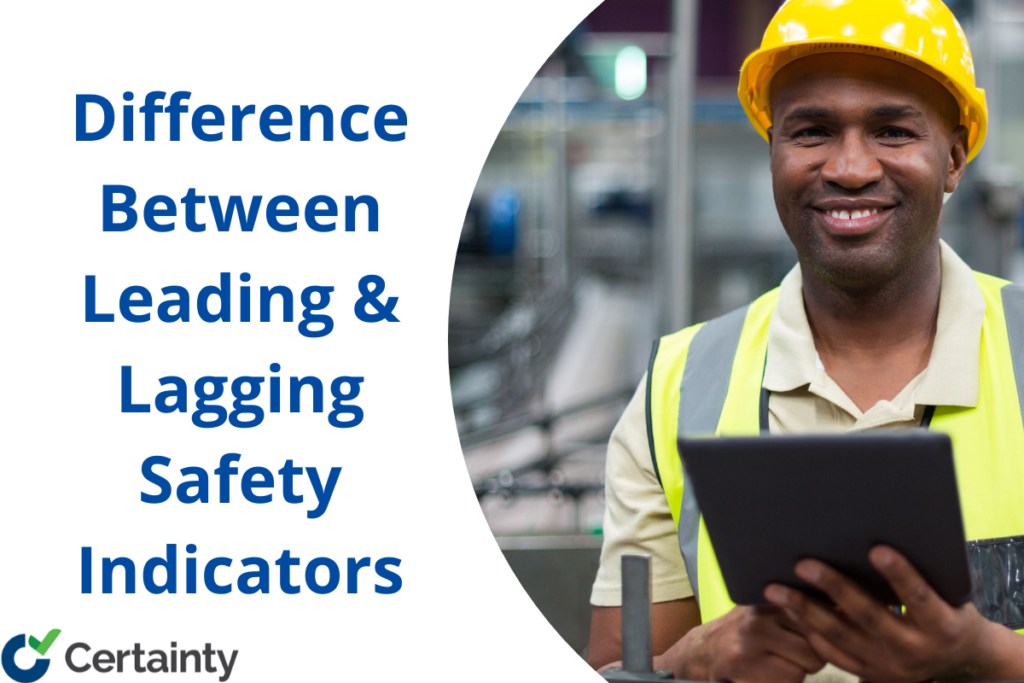
The Difference Between Leading and Lagging Safety Indicators
Table of contents Safety isn’t just important in the corporate world of today; it’s essential to success. The defining characteristic that distinguishes strong organizations from the competition is the mastery of leading and lagging safety indicators. These indications have the power to protect your bottom line in addition to potentially saving lives. According to the […]

Leading Safety Indicators: Examples and Applications
Workplace safety is getting better. According to OSHA, recordable injuries and illnesses have fallen from 10.9 incidents per 100 workers per year in 1979 to just 2.8 incidents per worker in 2019. But there’s still room for improvement. In 2019, there were 15 deaths per day on job sites, with construction accounting for 20 percent […]
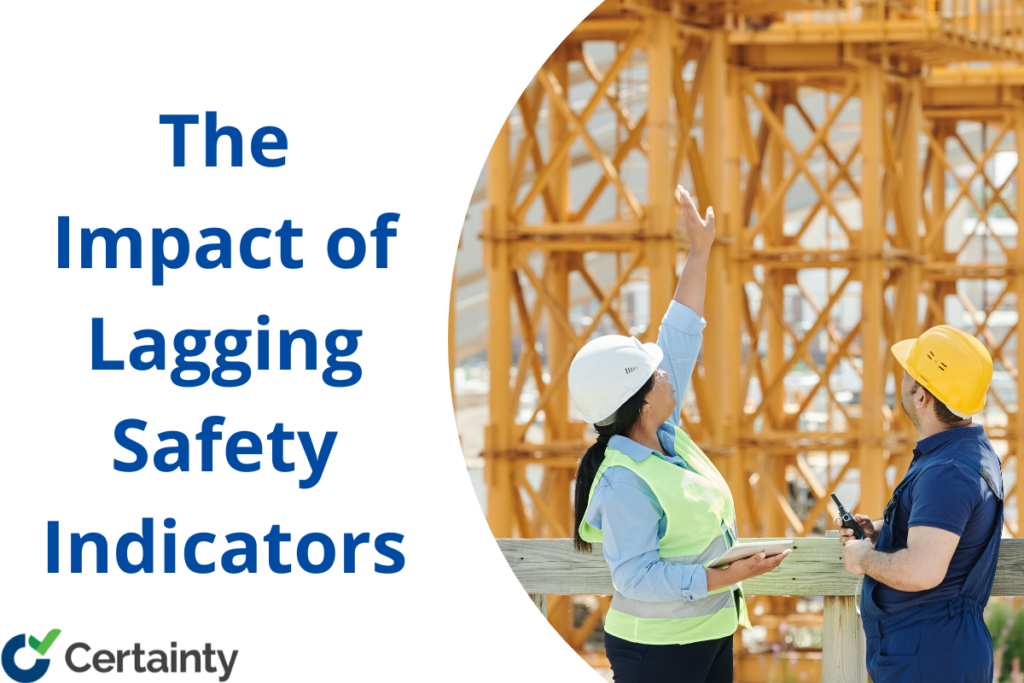
The Impact of Lagging Safety Indicators on Workplace Operations
Employers reported 2.7 million injuries and illnesses in 2020, according to the U.S. Bureau of Labor Statistics (BLS). And while this number is down 5.7% from the previous year, there’s still room for improvement. In 2020, these injuries cost companies more than $163 billion in wage and productivity losses, medical expenses, and administrative expenses, in […]
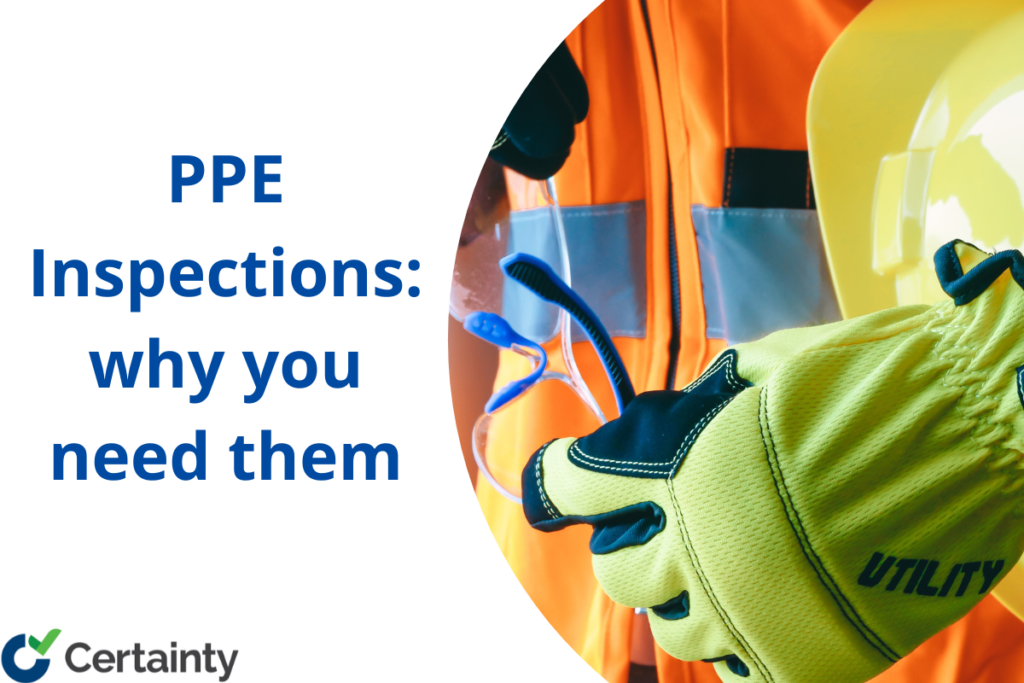
PPE Inspections: What They Are and Why You Need Them
Personal protective equipment (PPE) saves lives. Consider the humble hard hat: First introduced in 1919 by Edward W. Bullard, who designed the hat to resemble his doughboy army helmet, the hard hat helped reduce work site deaths by two-thirds between 1970 and 2016. PPE also saves money: Companies can save over $30,000 for every medically-consulted […]

